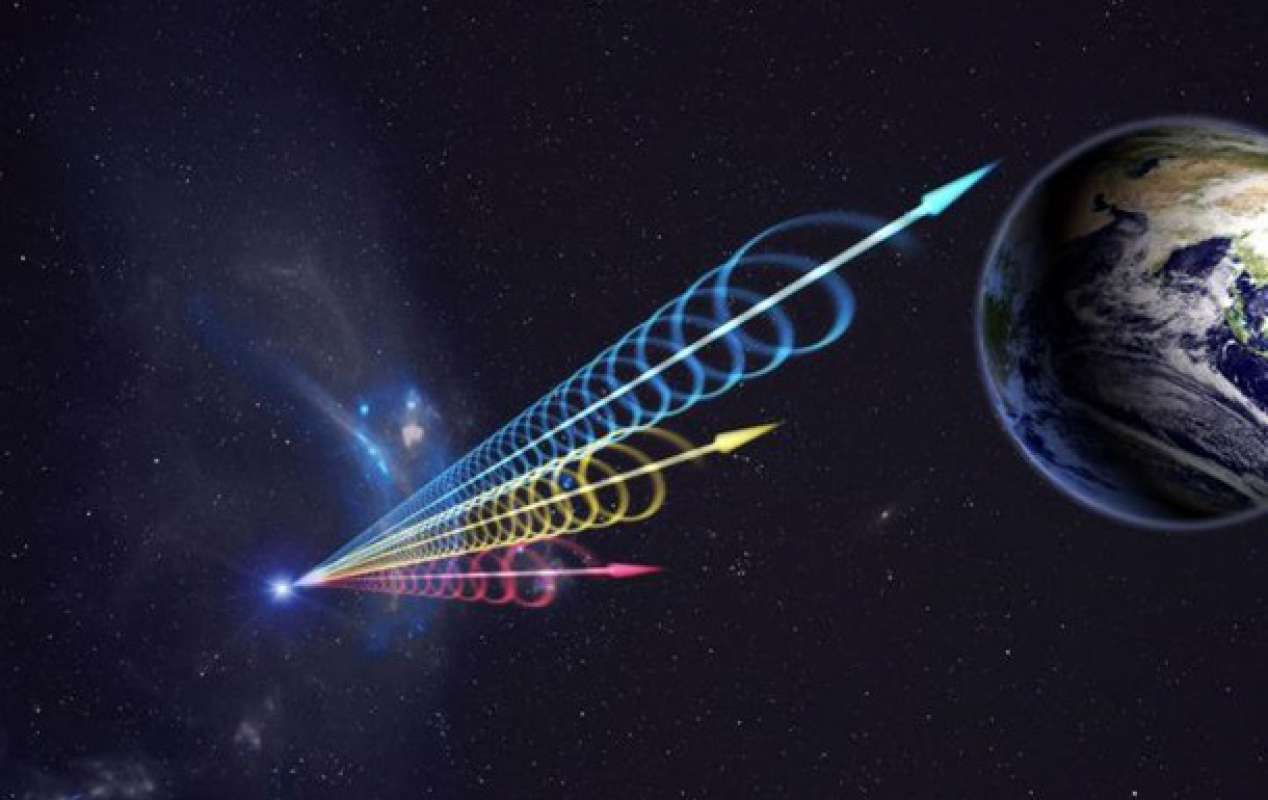Thanks to
the ceaseless march of technology, agencies like NASA and other scientific
bodies from around the world have been able to teach us a lot about space. We
now get regular news about new planets from other star systems, we know what
makes many of our nearest planetary neighbors tick and we’re learning more than
ever about how Earth formed long before life existed here.
But space
still holds many secrets and fast radio bursts (FRBs) are one of the most
tantalizing mysteries of the cosmos. FRBs are high-energy signals blasted into
space that can be detected here on Earth with the help of technology, but their
origins remain unclear. When scientists detect them, they are numbered and
named based on when they were first heard, but other than that there’s not much
we know about them.
Now, a new
batch of bursts has been detected by astronomers in Australia and one of them
was the brightest ever recorded. FRBs last only fractions of a second before
disappearing. They are unpredictable and follow no obvious pattern. This most
recent FRB sighting comes from Australia’s Parkes Observatory where three
distinct radio bursts were detected in rapid succession.
FRB 121102
is the only known repeater out of a handful of identified fast radio bursts.
Its source lies in a dwarf galaxy about 3 billion light-years away.
The first
burst, detected on March 1, was followed by subsequent radio bursts on March 9
and 11. It was the March 9 signal that is most interesting to astronomers, due
to its size. It boasted a signal-to-noise ratio of 411, making it the strongest
FRB ever recorded by a large margin. As New Atlas explains, the second
brightest burst had a signal-to-noise ratio of around 90, with most FRBs
falling between 10 and 40 on the same scale.
The mystery
of where fast radio bursts come from has fascinated scientists for a long time,
but a few theories are currently leading the pack. Some researchers believe
that supernovas are responsible for the bright signal bursts, with the radio
waves of a distant star’s supernova arriving long after the light of the event
would have been visible to us. By the time we hear the signal, the actual
supernova event has long since fizzled out, making it appear as though the
bursts are originating from nothing at all. Or, maybe it’s aliens? Yeah, it’s
probably aliens.



Post A Comment:
0 comments: